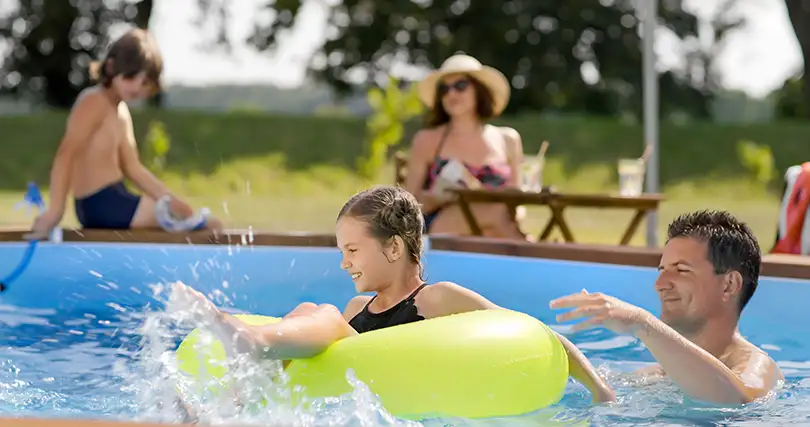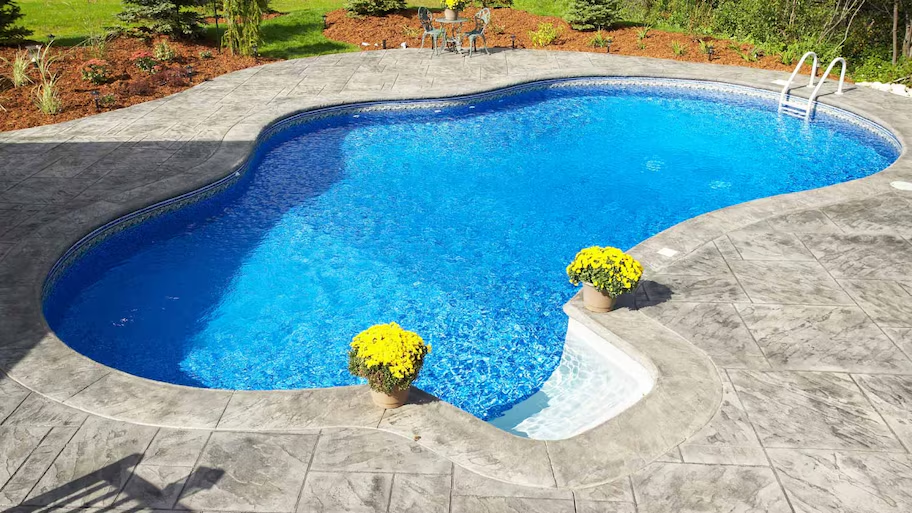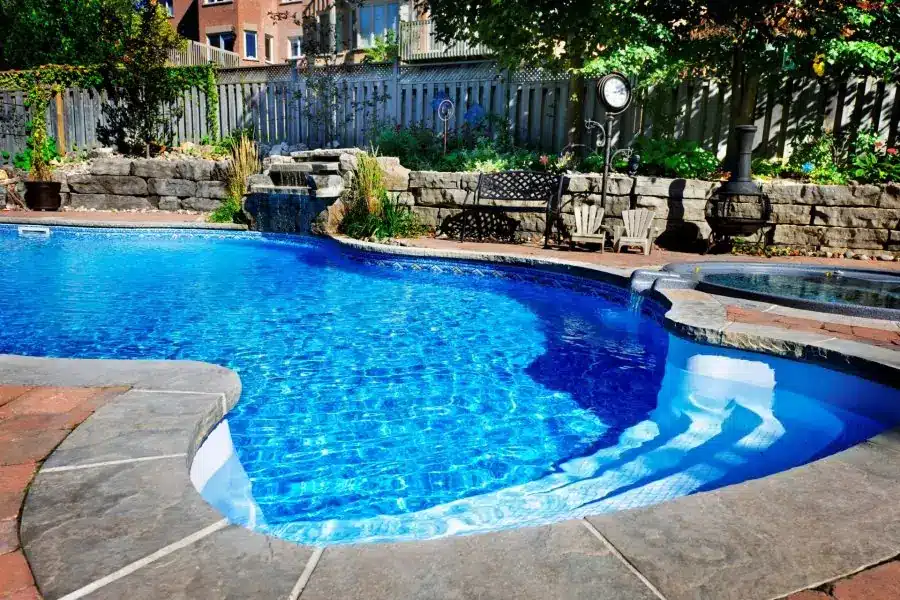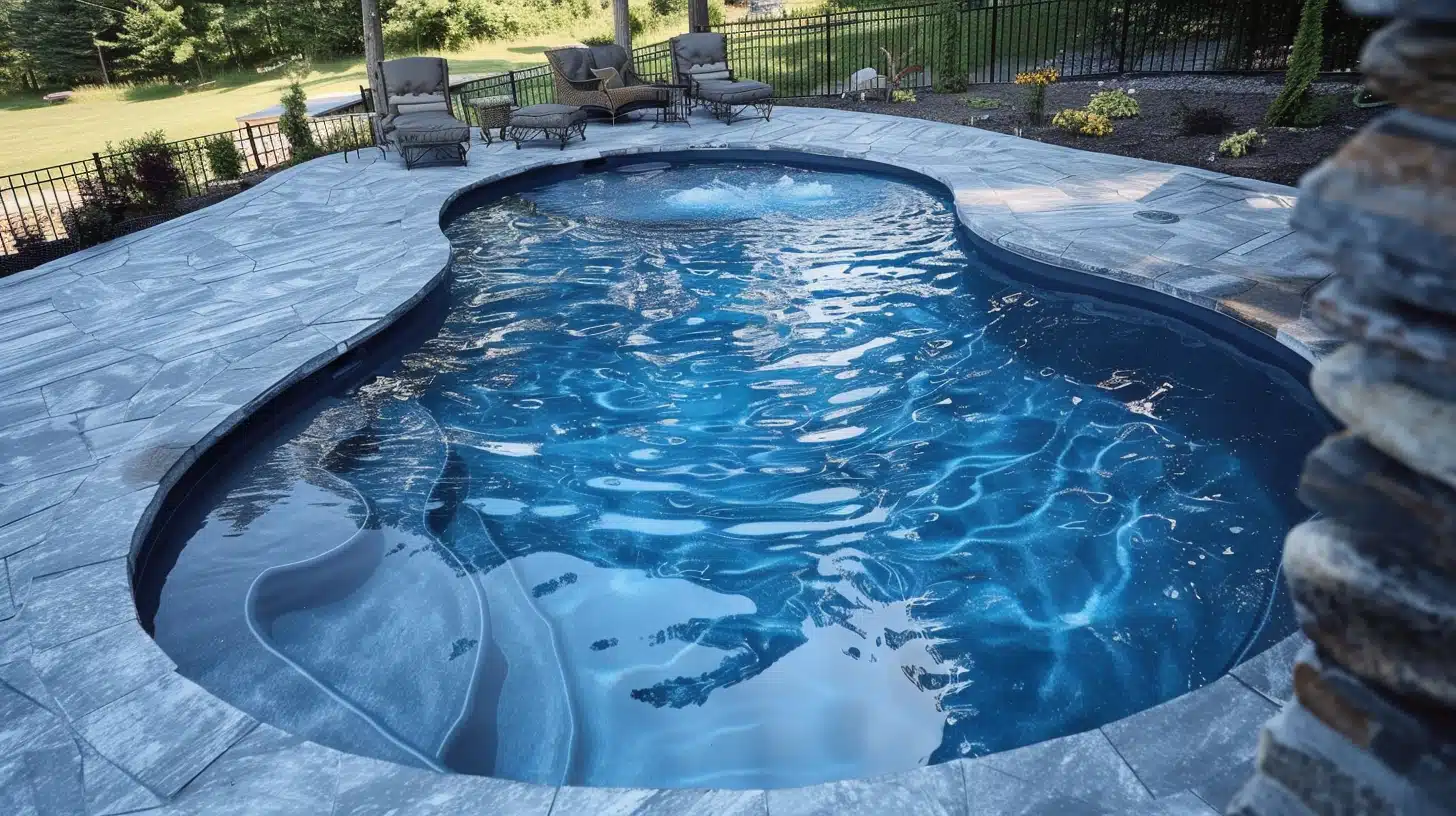Safety First: Essential Safety Measures For Swimming Pool Owners
As a pool owner, prioritising safety is not just about adhering to regulations but also about protecting your loved ones and guests from potential dangers. This comprehensive guide delves into essential safety measures every pool owner should implement, focusing on various aspects such as equipment, maintenance, child safety, drowning prevention, and emergency preparedness.
From installing proper fencing and safety covers to regular water quality checks and having a well-stocked first aid kit nearby, these practices are crucial for creating a safe swimming environment. Additionally, understanding the importance of teaching children about water safety and supervising them at all times cannot be overstated. By following these guidelines, pool owners can ensure a safe and enjoyable experience for everyone.
Essential Safety Equipment
A well-equipped pool area can be the first line of defence against accidents. Here are some must-have safety tools and equipment for every pool owner:
1. Pool Fencing: A sturdy, self-latching pool fence acts as a physical barrier, preventing unsupervised access, particularly by children and pets.
2. Pool Covers: Invest in a high-quality pool cover that can support weight and prevent accidental falls into the water.
3. Alarms: Install pool alarms that alert you when someone enters the pool area unexpectedly. Door alarms, gate alarms, and underwater motion sensors are excellent options.
4. Life-Saving Equipment: Keep a life ring, shepherd’s crook, and a first aid kit nearby. These tools are crucial for quick responses in case of an emergency.
5. Non-slip Surfaces: Ensure the pool deck and surrounding areas have non-slip surfaces to prevent slips and falls.
Pool Maintenance Best Practices
Regular pool maintenance is vital to keep the water safe and hygienic, preventing accidents and health issues:
1. Regular Cleaning: Skim the surface, vacuum the pool floor, and brush the walls regularly to remove debris and prevent algae build-up.
2. Water Quality: Test and balance the pool water’s chemical levels (pH, chlorine, and alkalinity) weekly. Proper chemical balance prevents harmful bacteria and ensures a comfortable swimming experience.
3. Pump and Filter Maintenance: Clean and check the pump and filter system regularly to ensure efficient water circulation and filtration.
4. Inspect Equipment: Routinely inspect ladders, rails, diving boards, and other equipment for wear and tear, repairing or replacing as necessary, making sure to follow the instructions left by your perth pool installer from the time of your pool installation.
Safety Measures for Children
Children are particularly vulnerable around pools. Childproofing the pool area and educating kids on safety is essential:
1. Supervision: Never leave children unattended around the pool, even for a moment. Designate a responsible adult as the ‘water watcher’ during pool activities.
2. Swimming Lessons: Enrol children in swimming lessons from an early age to teach them basic swimming skills and water safety. Also, it is recommended to get safety training, just like first aid training Newmarket, to keep your loved ones safe in case of emergency.
3. Pool Rules: Establish and enforce pool rules, such as no running, no diving in shallow areas, and no swimming without an adult present.
4. Safety Covers: Use rigid safety covers when the pool is not in use to prevent children from gaining access.
5. Childproof Gates: Install self-closing, self-latching gates around the pool area to prevent unsupervised entry.
Drowning Prevention
Drowning can occur silently and swiftly. Implement these measures to recognise and prevent drowning incidents:
1. Learn CPR: All pool owners and frequent users should be trained in CPR to provide immediate assistance in case of a drowning incident.
2. Educate Guests: Inform guests about pool rules and safety measures before they enter the pool area.
3. Flotation Devices: Equip non-swimmers with appropriate flotation devices, such as life jackets, and never rely solely on inflatable toys for safety.
4. Stay Sober: Avoid alcohol consumption while supervising children or engaging in water activities, as it impairs judgement and reaction time.
Emergency Preparedness
Being prepared for emergencies can save lives. Develop a pool safety plan and follow these guidelines:
1. Emergency Contact Information: Post emergency contact numbers near the pool, including local emergency services and poison control.
2. Pool Safety Plan: Create a detailed pool safety plan that outlines procedures for various emergencies, such as drowning, injuries, and chemical spills.
3. Emergency Drills: Conduct regular emergency drills with family members and frequent pool users to ensure everyone knows how to respond in a crisis.
4. First Aid Training: Ensure that pool supervisors and frequent users are trained in first aid, including how to handle common pool-related injuries.
Electrical Safety Around Pools
Electrical safety is crucial in any pool area due to the inherent risks associated with water and electricity. Here are some essential guidelines to enhance electrical safety:
1. Ground Fault Circuit Interrupters (GFCIs): Install GFCIs on all electrical outlets near the pool to protect against electric shock. These devices automatically shut off power when a ground fault is detected.
2. Electrical Inspections: Have a qualified electrician inspect all pool-related electrical components, including underwater lights, pumps, and filtration systems, to ensure they are properly installed and maintained.
3. Safe Distance: Maintain a safe distance of at least 5 feet between electrical devices and the pool to prevent water from coming into contact with electrical equipment.
4. Cord Safety: Avoid using extension cords near the pool area. If necessary, use only weatherproof and heavy-duty cords that are designed for outdoor use.
5. Lightning Precautions: Establish a protocol to clear the pool and surrounding area during thunderstorms. Water acts as a conductor for lightning, posing significant risks to swimmers.
6. Bonding and Grounding: Ensure that all metal components in and around the pool, including ladders, handrails, and the pool structure itself, are bonded and grounded to prevent electrical hazards.
7. Educate Users: Inform pool users about the dangers of electrical devices near water and encourage safe practices when using electronic devices around the pool area.
By following these electrical safety guidelines, pool owners can minimise the risk of electrical hazards, ensuring a safer swimming environment for everyone.
Conclusion
Owning a swimming pool comes with the joy of creating memorable moments with family and friends, as well as the responsibility of ensuring a safe environment for everyone. It’s not just about fun and relaxation; it requires diligent care and attention to detail.
By implementing the essential safety measures discussed in this guide—ranging from proper equipment and regular maintenance to child safety protocols, drowning prevention strategies, and emergency preparedness—you can significantly reduce the risk of accidents and enjoy your pool with peace of mind.







